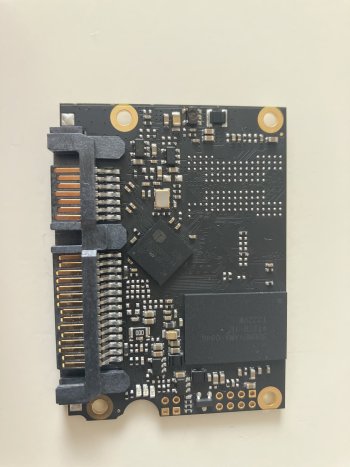When I resoldered my VRM and it blow my Cube Motherboard and CPU up, also the SSD IDE converter was blown up. It turned out that even the SSD is dead now and all my Data is lost, i just have a very old copy of it which was from like one year ago or so.
After opeing the SSD up (Intenso Top 128GB), the two flash chips stood out very clearly to me and do not look damaged, but one FET on the board is blown up. Is it possible to unsolder them with a proper heat gun and if I order a new SSD, replace them with the Data chips on the new one?![image.jpg image.jpg]()
![image.jpg image.jpg]()
![image.jpg image.jpg]()
After opeing the SSD up (Intenso Top 128GB), the two flash chips stood out very clearly to me and do not look damaged, but one FET on the board is blown up. Is it possible to unsolder them with a proper heat gun and if I order a new SSD, replace them with the Data chips on the new one?



Last edited:

